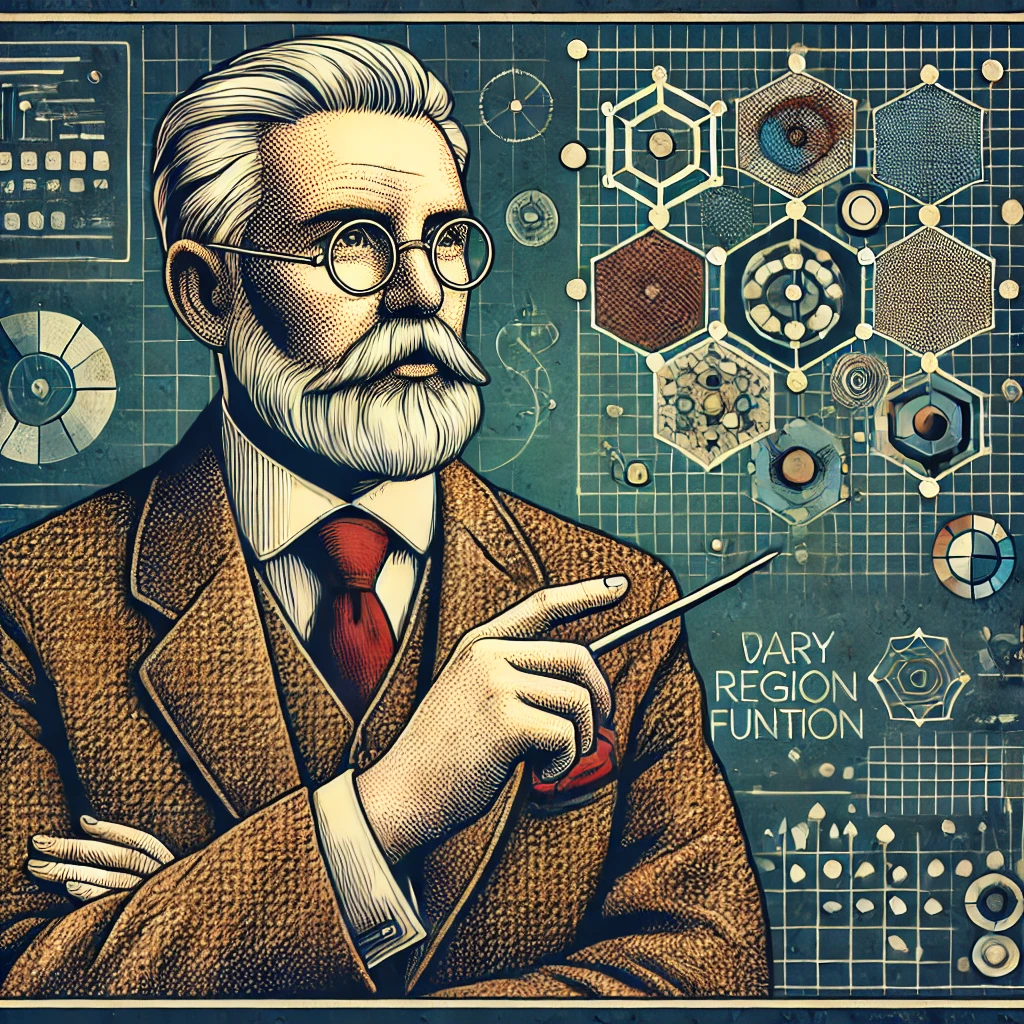
Imagine this – you’re browsing through your favorite online retail store, looking for a pair of hiking boots. You examine a few, check the reviews, and bookmark some for later.
The next day, you notice that your social media newsfeed and various websites are subtly filled with ads for hiking boots. Moreover, these are not random ads; they seem to ‘understand’ your preferences, showcasing the styles and brands you’ve expressed interest in.
It’s as if your digital world has suddenly developed a knack for predicting your desires (not to mention how creepy it is).
Believe it or not, this is a classic example of machine learning at work. A system that can learn from your behavior and make accurate predictions, that’s machine learning for you.
But what is it exactly, and how does it work? Let’s dive into the details.
What is Machine Learning Anywfay?
Machine Learning (ML) is a subfield of artificial intelligence (AI) that provides systems the ability to automatically learn and improve from experience without being explicitly programmed. The key idea here is that these systems ‘learn’ from the data they are exposed to, identify patterns, and then make decisions or predictions based on those patterns.
Machine learning models can be as simple as a linear regression that predicts house prices based on features like square footage and the number of bedrooms, to complex deep learning algorithms that can identify objects in images with an accuracy that surpasses human capabilities.
The application of machine learning is vast and spans across multiple industries from healthcare, finance, retail, to entertainment, and beyond.
How Does Machine Learning Work?
At its core, machine learning is about ingesting, processing, and interpreting data to generate predictions or decisions. This process can be broken down into several stages, each playing a vital role in the machine learning lifecycle.
- Data Collection: This is the first and one of the most critical steps in the process. Machine learning models need data—lots of it. This data can come from a variety of sources, including databases, text files, images, videos, sensors, and more. The collected data is often raw and unstructured, making it difficult for a machine learning model to understand.
- Data Preprocessing: Once the data is collected, it needs to be cleaned and transformed into a format that the machine learning algorithm can understand. This might involve dealing with missing values, outliers, or scaling numeric values so they all fall within a similar range. It might also involve transforming text data into numerical values or creating additional features from existing ones—a process known as feature engineering.
- Model Selection and Training: After preprocessing the data, the next step is to choose an appropriate machine learning model. The choice of model depends on the problem at hand. For example, a regression model might be used for predicting house prices, while a neural network might be used for image recognition tasks. Once the model is chosen, it’s ‘trained’ using a subset of the collected data. During training, the model learns to map inputs (data) to outputs (labels).
- Evaluation and Tuning: After the model has been trained, it’s important to assess its performance. This involves using another subset of the data (different from the one used for training) known as the validation set. Evaluation metrics such as accuracy, precision, and recall are used to gauge the model’s performance. If the model’s performance is not satisfactory, its parameters might be ‘tuned’ or adjusted, and the model might be retrained.
- Testing and Deployment: Once the model is performing well, it’s tested using a ‘test set’—yet another subset of the data. If it still performs well, it’s ready to be deployed and used to make predictions on new, unseen data.
It’s also important to understand the three main types of machine learning:
- Supervised Learning: This is where the model is given a dataset that contains both the input data and the corresponding correct output. The model learns to map the input to the output. Once the model has been trained, it can be used to predict the output for new, unseen input data.
- Unsupervised Learning: Here, the model is given a dataset with no labels (output). The goal is to find patterns, relationships, or structure within the data. Examples include clustering, where the model groups similar data together, and anomaly detection, where the model identifies data points that deviate from the norm.
- Reinforcement Learning: This is a type of machine learning where an agent learns how to behave in an environment by performing actions and seeing the results. The agent learns from its experiences and adjusts its actions to maximize some type of reward or outcome.
Real-Life Applications of Machine Learning
Machine learning is a practical technology that’s actively being used in our day-to-day lives, often in ways we might not realize. Here are just a few examples:
- Personalized Recommendations: Online platforms like Netflix and Amazon use machine learning to analyze your past behavior and suggest movies or products that align with your preferences. By analyzing patterns in your behavior and comparing them to patterns from other users, these models can often predict what you’ll like with surprising accuracy.
- Spam Detection: Your email client’s spam filter uses machine learning to classify emails as ‘spam’ or ‘not spam’. It does this by looking at features like the email’s subject line, its content, and the sender’s email address. The filter gets better at its job over time as it’s exposed to more and more emails.
- Voice Assistants and Chatbots: Siri, Alexa, and Google Assistant are all powered by machine learning. They use natural language processing (NLP) to understand your voice commands, and they get better at understanding you the more you use them. Similarly, many customer support chatbots use machine learning to understand customer queries and provide relevant responses.
- Self-Driving Cars: Self-driving cars use a combination of machine learning and computer vision to navigate through the world. They can identify objects (like other cars, pedestrians, and traffic lights), predict how these objects might behave, and make decisions based on these predictions.
Challenges and Future of Machine Learning
Despite its potential, machine learning is not without its challenges.
- Data Quality: The biggest challenge lies in the quality and availability of data. Machine learning models learn from data, so if the data is biased, incomplete, or incorrect, the model will be too. Collecting high-quality, unbiased data is a significant challenge in many domains.
- Privacy and Ethics: With machine learning models often needing vast amounts of data to function effectively, concerns around data privacy and security have been raised. As our world becomes increasingly data-driven, it is essential to ensure the responsible use of machine learning and AI.
- Explainability: Machine learning models, particularly complex ones like deep neural networks, are often seen as ‘black boxes’—we can see their inputs and outputs, but we don’t understand what’s happening in between. This lack of transparency can be a problem, particularly in areas like healthcare or finance, where it’s important to understand why a model made a certain prediction or decision.
Even with all of these challenges, the future of machine learning looks promising. With ongoing advances in technology, machine learning is set to become even more powerful and prevalent.
It’s not an exaggeration to say that we’re moving towards a future where machine learning will be a ubiquitous part of our lives, making decisions and predictions that help us navigate the world more efficiently and effectively.




